The Best Director’s Cuts That Improve on the Theatrical Versions
These director’s cuts restore missing footage and fix studio interference, creating the best versions of these films.
Sometimes a film's theatrical cut just doesn't tell the full story. Whether due to studio interference, runtime constraints, or creative differences, some movies find new life in their extended or director-approved versions. These five films represent some of the most significant improvements over their original theatrical releases, proving that sometimes more really is better.
1. Kingdom of Heaven: Director’s Cut (2005)
Ridley Scott’s Kingdom of Heaven was heavily edited for its theatrical release, reducing its runtime by nearly an hour. Scott himself has disowned the theatrical cut, stating that it did not represent his intended vision for the film. The result was a film that felt rushed, with underdeveloped characters and a lack of narrative depth. Many critics and audiences dismissed it as a forgettable historical epic, unaware that Scott’s original vision was far more ambitious.
The Director’s Cut restores 45 minutes of footage, fleshing out the characters and providing critical backstory, especially regarding Balian’s lineage and motivations. The political and religious conflicts of the Crusades are given more weight, making the story feel richer and more engaging. The added material makes this version not just superior but essential. It is available on Blu-ray, but it has yet to receive a 4K UHD edition.
2. Batman v Superman: Ultimate Edition (2016)
The theatrical cut of Batman v Superman was widely criticized for its muddled plot, poor pacing, and lack of character motivation. Much of this was due to studio-mandated edits that trimmed 30 minutes of crucial footage. The result was a film that felt incomplete, filled with abrupt transitions and missing context. This has been a recurring theme with Zack Snyder’s films, where the version released in theaters is often a compromised vision of what he originally intended. Maybe it’s continuous studio interference, or maybe its Snyder just not being able to produce a solid first release. Either way, it is interesting how often it happens with his films.
The Ultimate Edition restores those missing 30 minutes, drastically improving the film. Not only does it add much-needed narrative cohesion, but it also shifts the film’s tone and atmosphere. The darker, more methodical pacing of the Ultimate Edition aligns better with the film’s themes, and even the color grading is slightly altered, lending the film a more cohesive, moody aesthetic. Key scenes that explain Lex Luthor’s intricate plan, Clark Kent’s investigation into Batman, and the political ramifications of Superman’s actions are reinstated. The film flows much better, making character motivations clearer and giving the story the weight it was originally meant to have. The Ultimate Edition is available on Blu-ray, 4K UHD, and digital platforms, making it the definitive way to experience the film.
3. Doctor Sleep: Director’s Cut (2019)
Mike Flanagan’s Doctor Sleep had the difficult task of bridging both Stephen King’s novel and Stanley Kubrick’s The Shining. While both versions of the film are excellent, the Director’s Cut offers a richer experience for fans of the book and Kubrick’s film, as it includes more details from King’s novel and expands the connections to The Shining. While the theatrical cut is a strong horror film in its own right, the Director’s Cut expands on the characters and themes, adding 30 minutes of additional footage that strengthens the emotional core of the story.
This version provides more background on Danny Torrance’s struggles with alcoholism, additional development for the True Knot cult, and an even stronger connection between Doctor Sleep and its predecessor. The pacing benefits from the extra runtime, allowing the story to breathe while making the horror elements more impactful. The Director’s Cut is available on Blu-ray and digital. While the 4K UHD release does not include it on the 4K disc itself, the set does contain the Director’s Cut on the included Blu-ray disc, making it accessible to those who purchase the 4K edition.
4. Apocalypse Now: Final Cut (2019)
Over the years, Apocalypse Now has seen multiple versions, from the original 1979 theatrical release to the bloated Redux edition in 2001, which added nearly an hour of footage. While the Redux provided more character moments, many felt it slowed the pacing and disrupted the film’s hallucinatory descent into madness.
The Final Cut, released in 2019, offers the best balance. It trims some of the excess from Redux while keeping the essential restored scenes, resulting in the most polished and cohesive version of the film. Visually, it benefits from a stunning 4K restoration supervised by Francis Ford Coppola himself. This version is available on 4K UHD, Blu-ray, and digital, and it remains the definitive way to watch one of the greatest war films ever made.
5. Das Boot: Director’s Cut (1997)
Wolfgang Petersen’s Das Boot was originally released in a truncated theatrical cut, significantly shorter than the intended version. The Director’s Cut restores nearly an hour of footage, bringing the runtime to over 200 minutes and allowing for a more immersive and tense experience.
The additional material deepens the psychological and physical toll of submarine warfare, making the film’s claustrophobic atmosphere even more intense. The longer runtime enhances character relationships and makes the eventual conflicts even more devastating. This version is widely regarded as the best way to experience Das Boot, and it is available on Blu-ray, though it has not yet received a 4K UHD release.
Not every extended or director’s cut justifies its existence. Some films attempt to redeem themselves with longer versions but fail to make a meaningful impact. Alexander: The Final Cut attempted to refine Oliver Stone’s ambitious but messy historical epic, yet the film still struggled with its overindulgence and inconsistent pacing. Similarly, Robin Hood: The Director’s Cut (2010) restored some missing material but failed to elevate Ridley Scott’s take on the legend into anything truly memorable. These versions show that a longer cut isn’t always the answer—sometimes, the problems run deeper than just missing footage.
The five films highlighted above, however, are examples of when studio interference cut too deep and compromised a filmmaker’s vision. These director’s cuts are essential because they restore the narrative, deepen character development, and allow the films to be experienced as they were originally intended. When creatives are allowed to follow through on their ideas without excessive studio intervention, the results often speak for themselves.
Do you have a favorite director’s cut that deserves more recognition? Let me know in the comments!


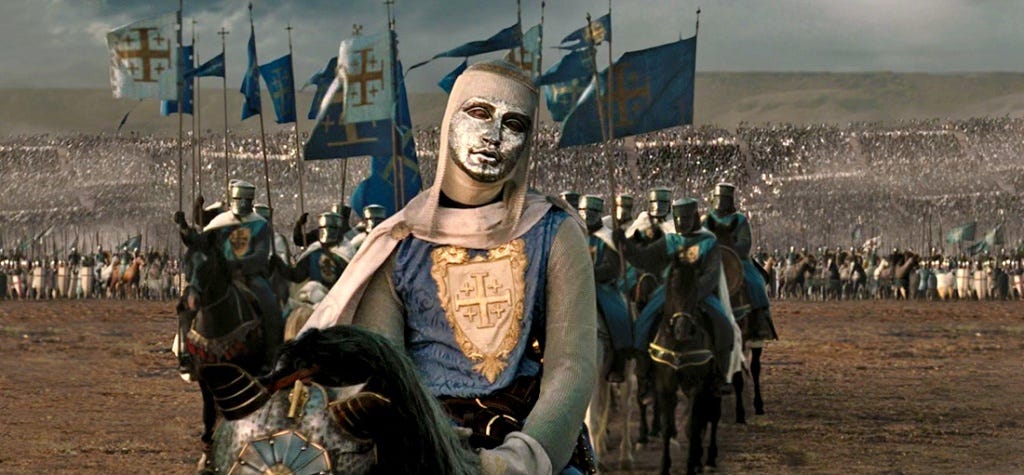
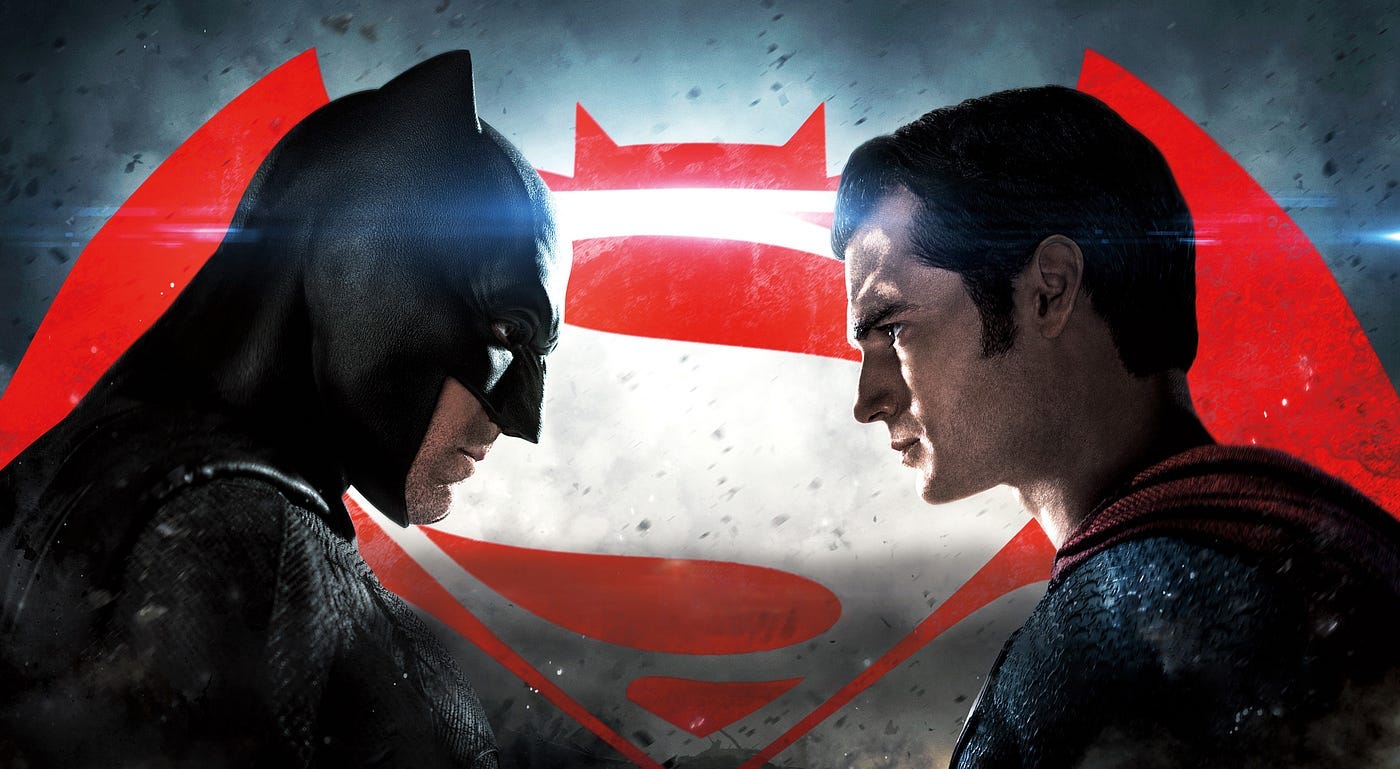
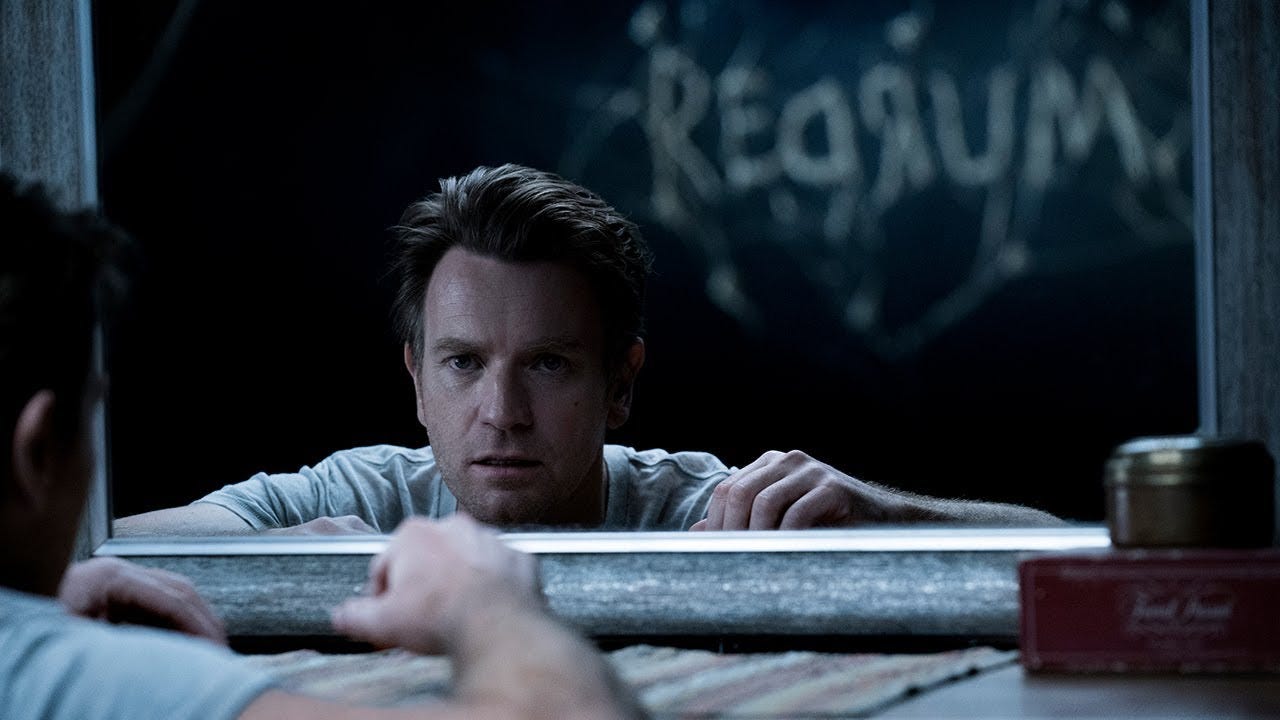
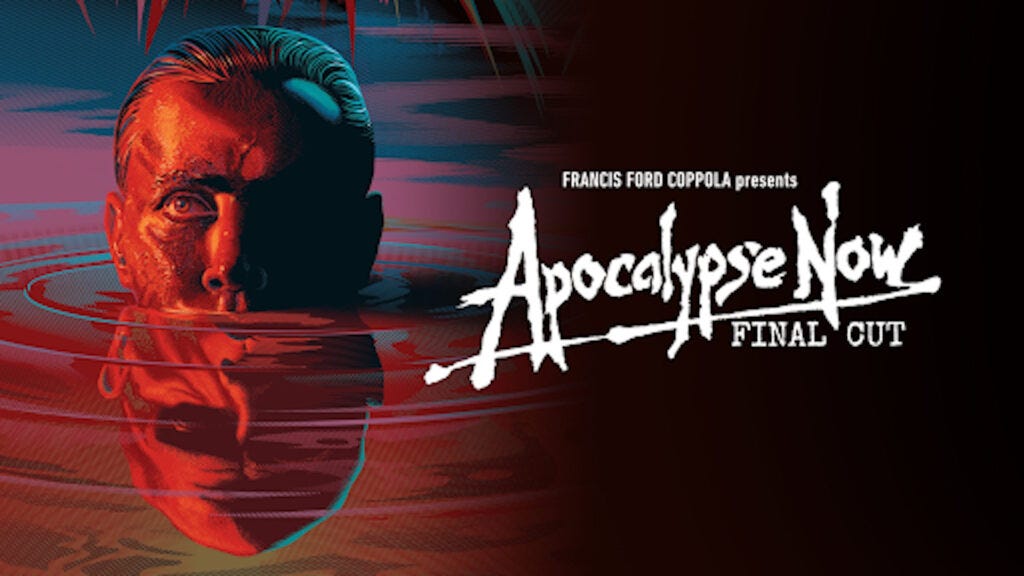
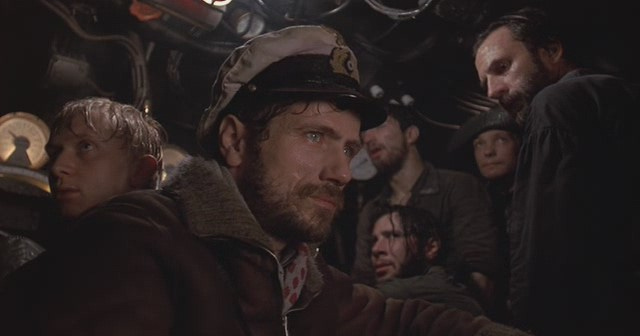
I also loved the “Dark City” director’s cut, along with other changes, it eliminates Kiefer Sutherland’s unnecessary preamble that was added on producers request in their never ending assumption that audiences are idiots. A bad one I thought was “Donnie Darko”, which inexplicably added more sci-fi and made it more inaccessible. But, let’s end on another good one “Daredevil” which I thought worked much like “Batman V. Superman” and made it darker and more interesting.
What about Blade Runner?